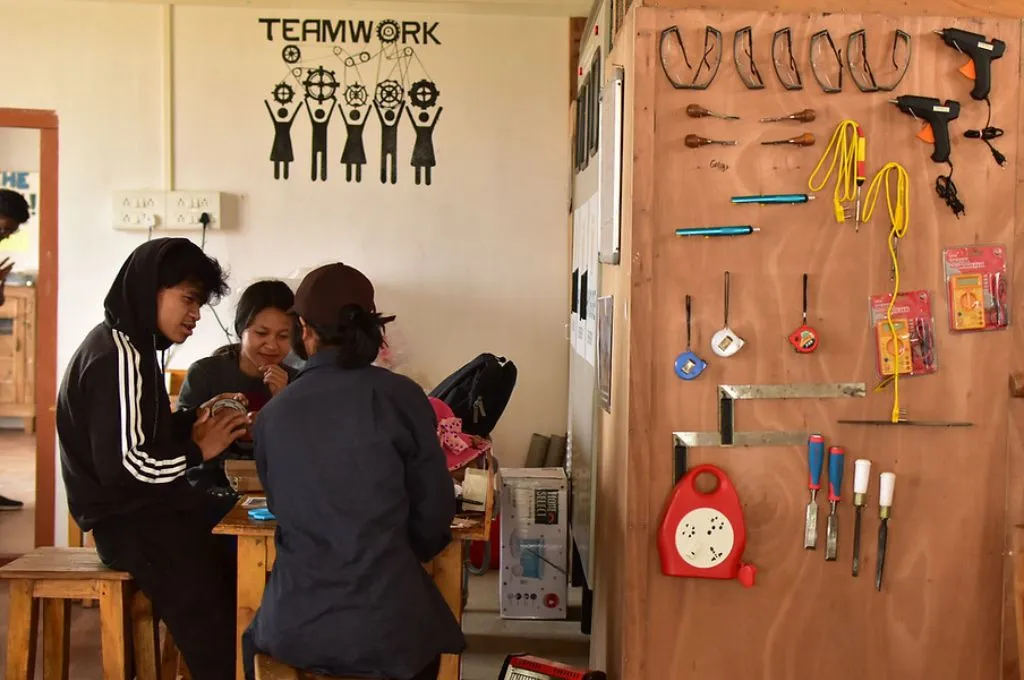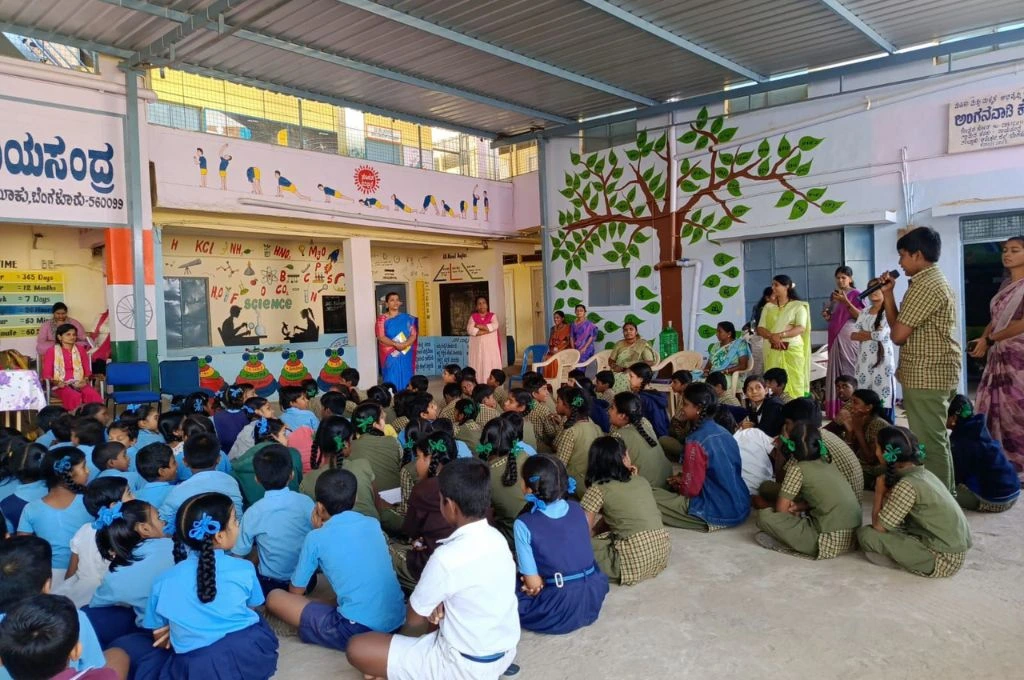After several months of meetings and countless cups of chai, you are about to enter into an agreement with a state government to run, say, a three-year programme across five districts to improve learning outcomes. Or to build the capacity of government health workers in two districts to use technology to improve maternal health outcomes.
Regardless of the scenario, if you intend for the government to take over the programme eventually–to enable scale or sustainability–you will most likely fail if its ownership does not rest with the government. There are many small but significant steps you can take to make this happen.
What you need to do after you engage with the government
Anyone that has worked with the government knows that staff transfers are frequent and can risk continuity of work, knowledge and funds. A formal memorandum of understanding (MoU) acts as a safeguard, while also clarifying the outcomes and the roles and responsibilities of each party. It protects the project in the event that the principal secretary is transferred and the successor has different priorities. It also legitimises the nonprofit’s work.

That said, getting an MoU signed is a difficult and lengthy process because it needs legal clearance, which can delay approval. Instead, naming it differently–a statement of collaboration, perhaps–can work equally well and spares you the legal hassle.
Related article: Working smartly with the government: A funder’s perspective
While there is no formula for the ‘right’ financial contribution that assures government ownership or commitment to a programme, it’s important that the work features in the government’s annual plans and budgets because it further cements their support of the project. (The proportion will vary based on the nature of their involvement in the project). Receiving these funds is not without problems or delays.
It is important that your programme features in the government’s annual plans and budgets.
At C3, we have worked around this issue by ensuring that the government spends on specific activities directly–for example, on teacher trainings. This addresses any discomfort that might exist with the idea of the government transferring money to a nonprofit.
Governments typically prefer longer-term and larger-scope agreements. On the other hand, nonprofits face limitations on this front largely because their funding is contingent on donors agreeing to support multi-year projects. Annual grants are quite common and make it difficult for nonprofits to run programmes as they compel them to continuously fundraise and repeatedly renew agreements.

Our approach involves convincing our donor to invest in the project for a period of time. This is easier said than done, but we assure them from the start that the programme will run for five to six years at a certain scale and achieve a specific set of outcomes, after which responsibilities will switch to the government.
Ideally, nonprofits should secure another funder to support their efforts, and leverage government infrastructure and funding for implementation costs.
Lay down the benchmarks right at the beginning.
- Try and get your programme included in the state Programme Implementation Plan (PIP). It is a benchmark because it shows that your proposal is aligned with the state’s priority and helps meet laid-down goals.
- Advocate for relevant department budget to allocate money for the proposed intervention.
- Ensure that collateral, including letters, include the government logo and has government endorsement.
- If you are working with curriculum, make sure the government approves it.
- Invite relevant government personnel to lead and attend your events and major meetings about the programme.
Related article: The 3 P’s of working with the government
These measures not only create ownership on the part of the government but more importantly, they can protect you during unexpected crises.
A few years ago, many states in India had banned adolescent education in schools. At the time, we were working with a state government on an in-school, scaled-up adolescent education programme. The ban, enforced in 12 states, resulted in media coverage in our state calling for an end to such initiatives. Had it been just us running the programme, we would have had to abandon it; but because the programme was led, approved and owned by the government, they explained the need for such work to the press. The programme got by relatively unscathed.
Handing your programme over to the government
If you want your programme to scale, you must prepare to hand it over to the government at the end. This is also a more sustainable approach to programming, given that no funder will support a nonprofit’s work endlessly.
It’s important to be aware of what that dip in quality would look like. Is it going to plummet from 80 percent to 20 percent? Or will it sink to 50 percent? Knowing this can help you act preemptively, putting in place systems and processes that can maintain a minimum level of program efficacy.
At C3, we plan for handover well in advance. We transfer capacities within the system and try to ensure that there is an adherence to basic implementation standards. The system must take responsibility for tracking process indicators and standards and establishing strong monitoring with structures and norms for collecting data. Easier said than done, but as nonprofits we must do the best we can to ensure that quality loss is minimised.
Like most things, working with the government can be unpredictable. It can also be, time-consuming and sometimes frustrating. But in a country of 1.3 billion people, making a dent in our social and economic progress warrants collaborating with the government. After all, their reach and resources are unmatched. And when the government takes your programme to all schools in the state or five new states, you know the uphill climb to get there was worth it.





